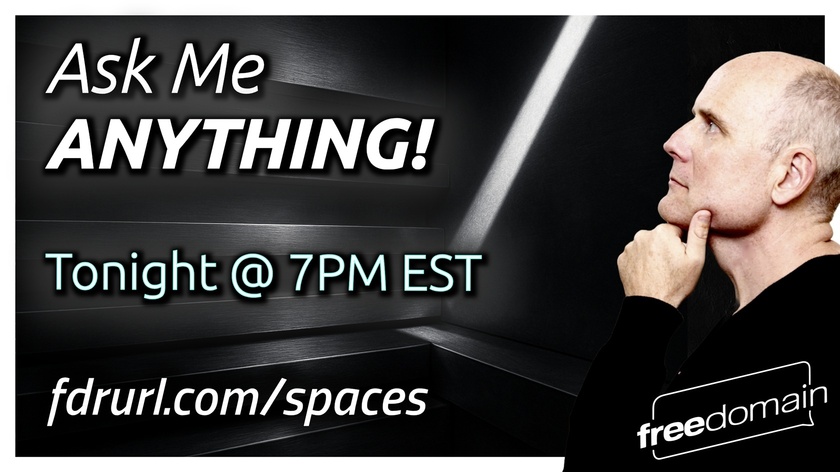If you are not already a supporter checkout everything you are missing out on in the Preview Article.

All donors get the Peaceful Parenting book / audiobook / AI access to share with any and all parents you know who need help!
THANK YOU SO MUCH!
Stefan Molyneux looks into the shooting of Renee Nicole Good by ICE agents in Minneapolis, pointing out the differences between what law enforcement says happened and what witnesses report. He discusses how her death has affected local reactions, including protests, and how media stories have influenced public views. Molyneux goes over the laws on use of force and the moral questions tied to activism, encouraging people to question those stories and consider their effects on immigration rules and policing.
Note: around 0:10:40, I should have said "stepdaughter".
Sources: https://freedomain.com/sources-the-truth-about-the-ice-shooting/
0:00:00 Introduction to the Incident
0:01:22 The Shooting and Its Aftermath
0:05:42 The Sequence of Events
0:09:48 Media Narratives and Reactions
0:13:27 Legal Implications and Policies
0:19:02 Community Reactions
0:23:18 Exploring Intentions and Motives
0:29:06 The Role of Activism
0:32:00 Conclusion and Reflections
SUBSCRIBE TO ME ON X! ...
Stefan Molyneux examines how murderers might be dealt with in a free society, questioning the idea that governments handle crime well. He points out shortcomings in police work and common misunderstandings about the courts. Molyneux stresses the role of social issues, pushing for steps like early help and mental health care to stop violence before it starts. He also looks at restorative justice as a way to hold people accountable without relying on prisons. In the end, he makes the case that a genuine free society works on the underlying reasons for crime to build a safer world.
0:00:00 Introduction to the Free Society Debate
0:01:18 The Myth of Government Protection
0:04:36 Understanding Murder in Society
0:09:04 The Impact of Government Policies
0:17:15 The Role of Government in Health
0:19:39 Misconceptions of Free Society Solutions
0:20:56 The Roots of Violence
0:27:06 Parental Responsibility and Accountability
0:30:02 A New Approach to Justice
SUBSCRIBE TO ME ON X! ...
What is THE PATRIARCHY???
Join the space LIVE:
https://twitter.com/i/spaces/1eaKbjzYyEYKX
You can also listen via our streaming platforms:
YouTube: https://fdrurl.com/youtube-live
Locals: https://fdrurl.com/locals-live
Substack: https://fdrurl.com/substack-live
Rumble: https://fdrurl.com/rumble-live
Odysee: https://fdrurl.com/odysee-live
DLive: https://fdrurl.com/dlive
Kick: https://fdrurl.com/kick
Unauthorized TV: https://fdrurl.com/uatv-live


If you are not already a supporter checkout everything you are missing out on in the Preview Article.